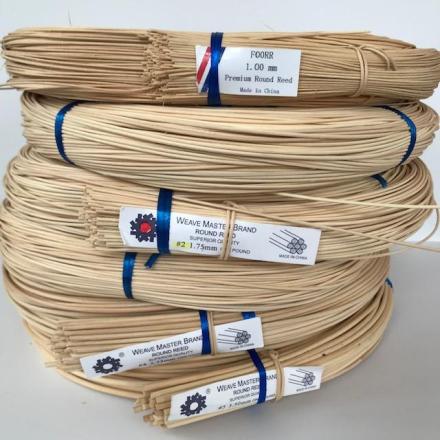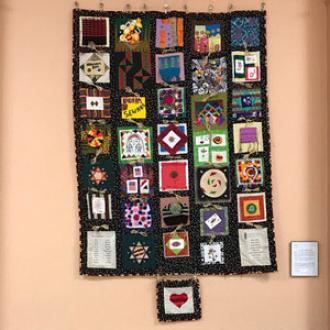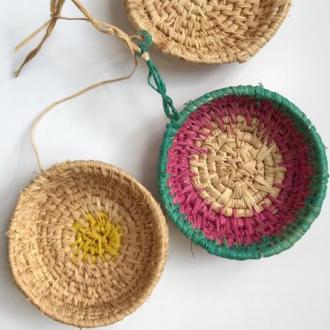
Willow trees often bend down toward flowing creeks and rivers. Or, the tamer sorts of willows such as pussy willow trees in the warmer parts of the United States curve over toward pathways in the woods, or even in suburban subdivisions. Willow reeds are the long, thin branches of these delicate-looking trees. The reeds can be either straight ones or curly. After they grow to a certain length they are harvested, dried, and then soaked, so as to prepare them for weaving into such forms as willow baskets. They can also be shaped into garden supports, arbor scaffolding, or even willow fences. The reeds can also be parts of floral arrangements.
In all of these settings the reeds lend an abstract-shaped structure. Willow trees are farmed commercially today in the southern United States since there is such a demand for willow reeds by crafters and gardeners. In the RAW community, Patricia Kayobera uses willow reeds to make many of her Tutsi-style conical baskets and her oval bowls; RAW sources willow reeds for African and Bhutanese artisans from The Basketmakers’ Catalogue/GH Productions, in Scottsville, Kentucky. The dealer there is most supportive of RAW’s project and always gives Ellen and Joan a discount when they place orders.



